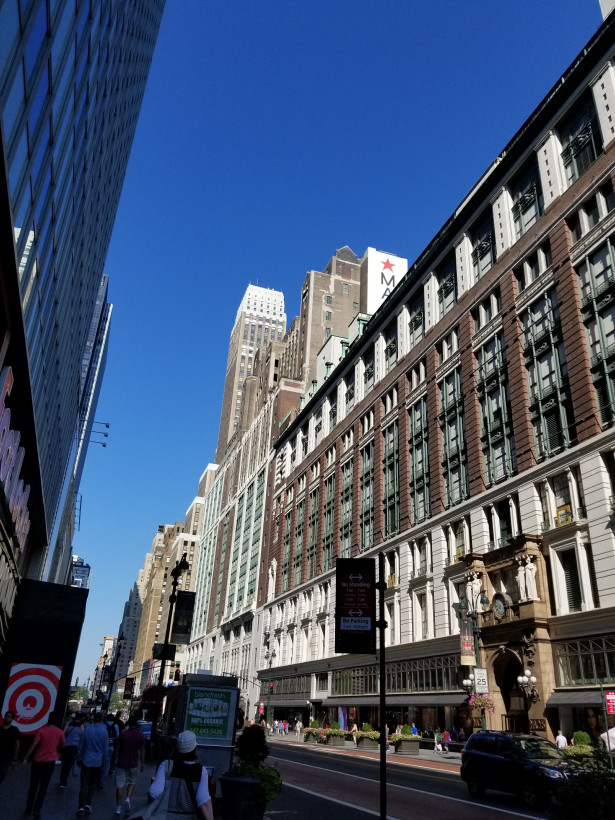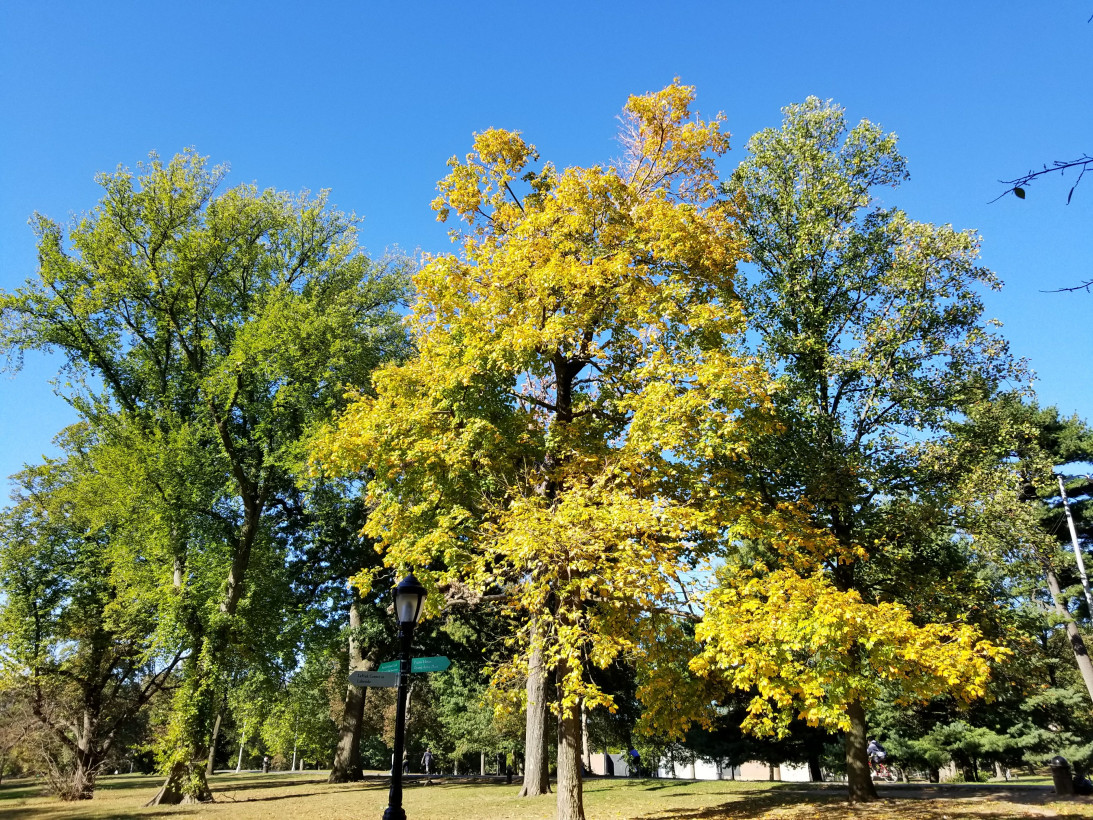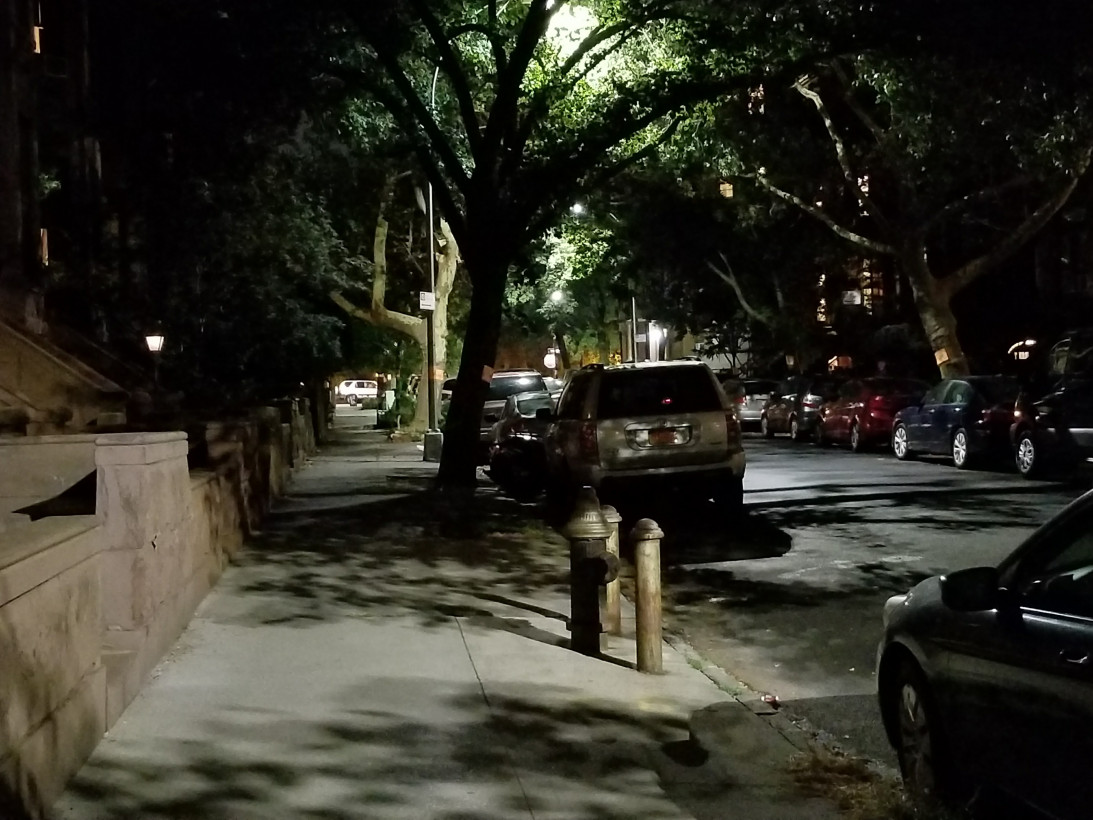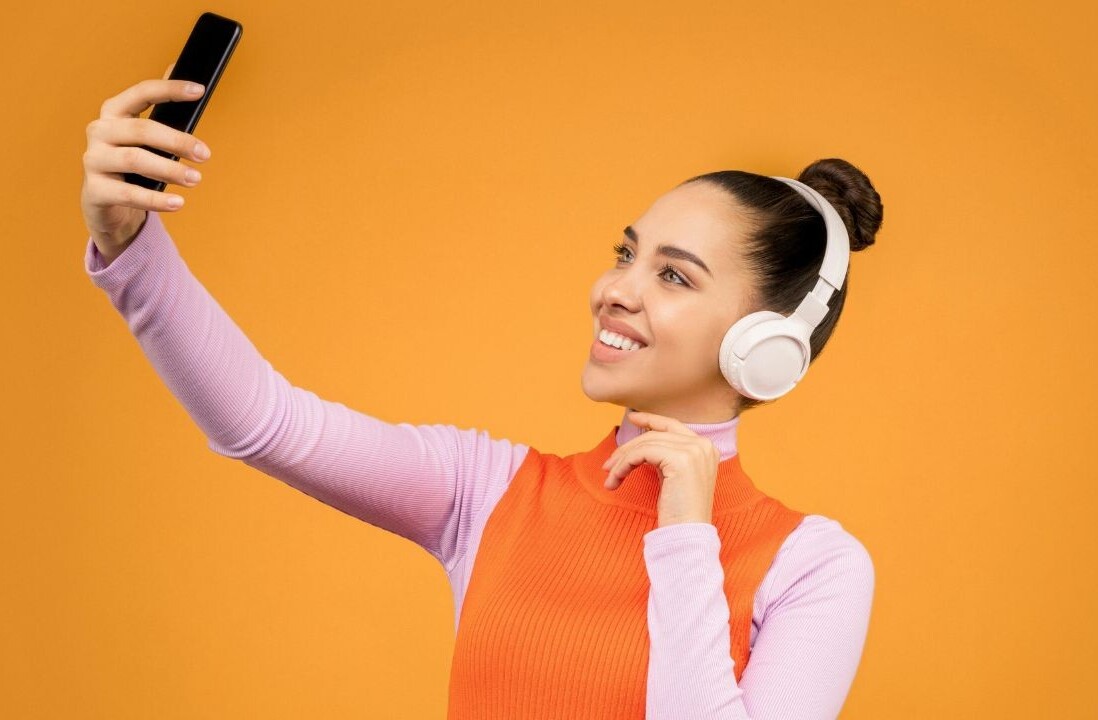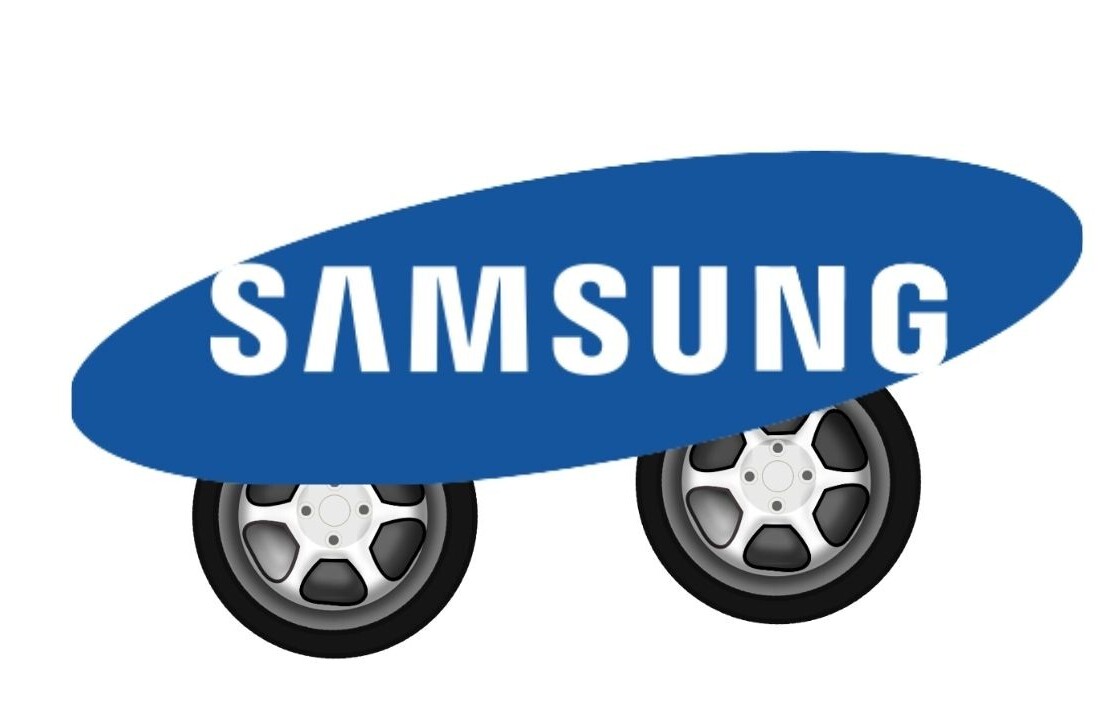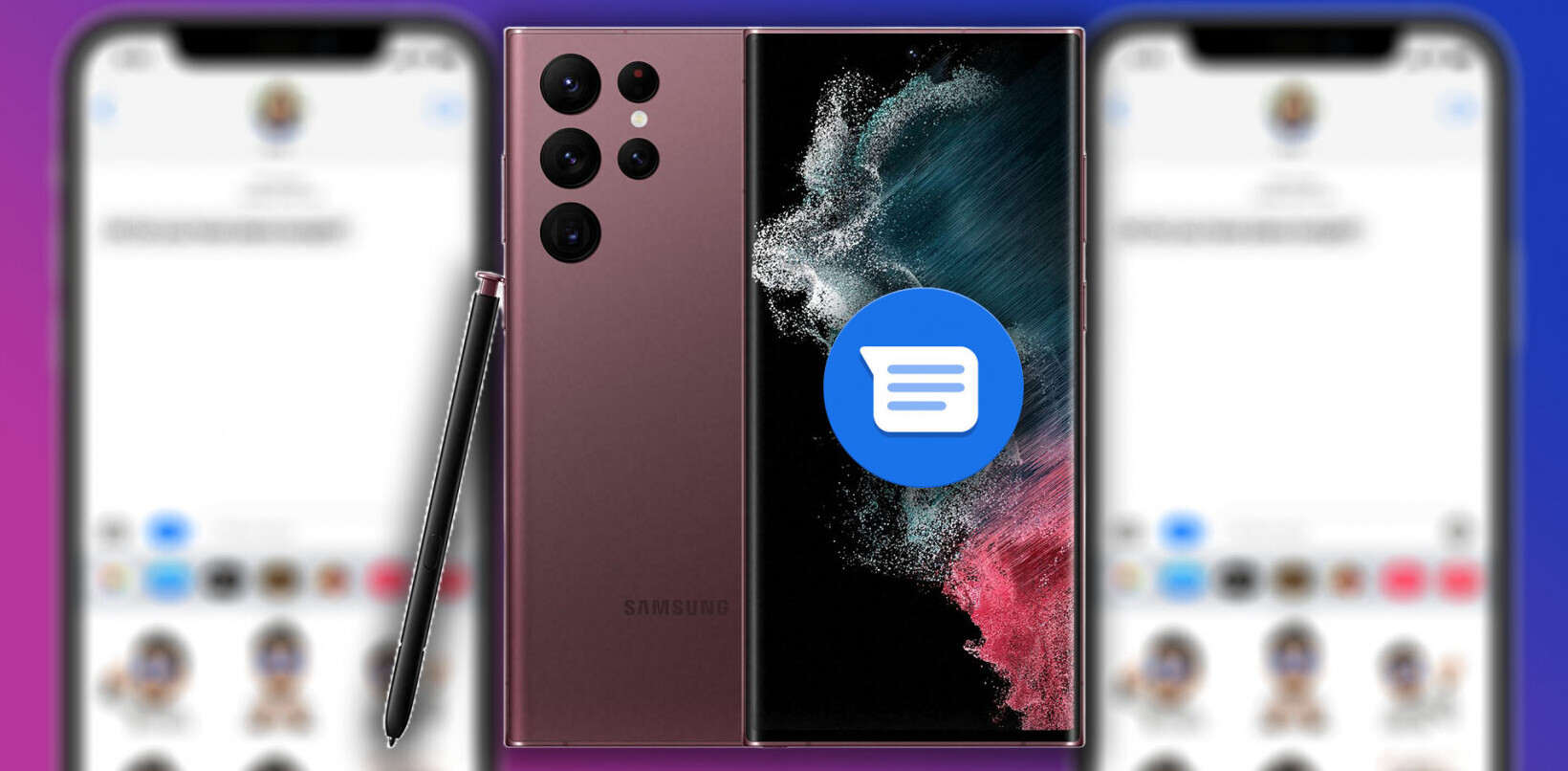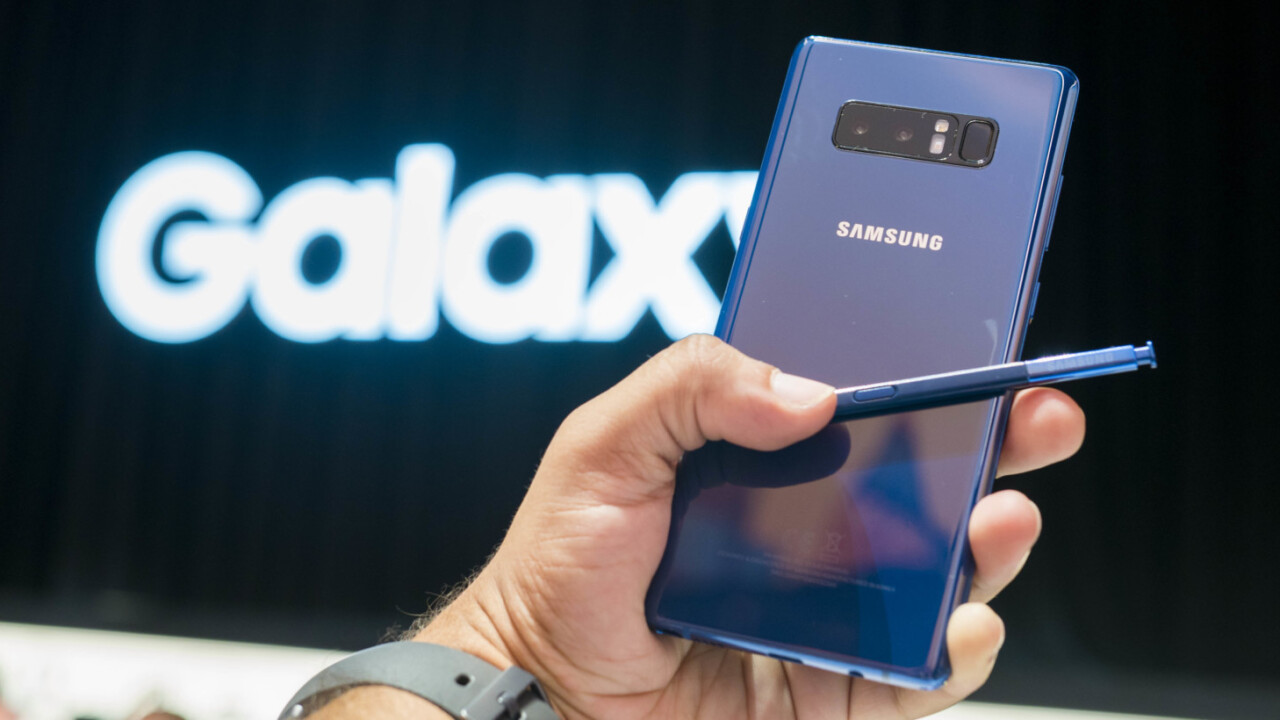
For much of Android’s life span, Samsung’s Note phones have been some of the most anticipated devices of the year. They usually represent Android at its most brawny and eccentric, and have long been one of the most obvious choices for power users. They are, in many ways, the anti-iPhone.
Then Google started to take hardware seriously, and things got complicated. It’s a phone that appeals to a different type of power user, those who value stock Android, smoothness, and fast updates over a plethora of features.
Like so many others, I lie somewhere in the middle. I want the features and functionality of a Samsung phone, with the smoothness and long-term performance of the Pixel.
So when the Note 8 was released, I decided to take my time reviewing the device to see how it would hold up in the long term – especially after the Pixel 2 was released. I’m glad I did, because I realized something important about the Note 8: unlike many Samsung phones I’ve reviewed in the past, the Note 8 actually holds up to long-term scrutiny virtually unscathed.
![]()
I didn’t think that would be the case when Samsung first announced the device back in August. Compared to the Note 7, which seemed head-and-shoulders above the competition (you know, until it started catching fire), the Note 8 seemed to want to play things safe. Just take a look at the spec sheet:
- Snapdragon 835/Exynos 8895
- 6 GB RAM
- 64/128/256 GB SSD
- 6.3-inch qHD+ display with HDR suppprt
- microSD expansión
- 3300 mAh battery
- Dual rear cameras: f1.7 normal and f2.4 wide angle
- Iris scanner and poorly-placed fingerprint scanner
- IP68 water resistance
- S-Pen stylus with 4,096 pressure levels
- Black, Gold, Orchid Grey and Deep Sea Blue (only first two in the US)
By every indication, it was basically an S8+ with more RAM (seemingly unecessary), dual cameras, and an S-Pen. That’s definitely not a bad thing, but also not enough to justify the nearly $1,000 price tag. It was otherwise nearly same screen size and the same basic design, but with a perplexingly smaller battery.
But as I wrote back in October, the Note 8 ended up being more than the sum of its parts, particularly when it comes to performance. Over three months after first trying the device, I haven’t experienced any of the usual slowdowns Samsung phones are known for. Though the Pixel 2 is definitely still slightly smoother, in everyday usage, I simply don’t see a difference.
The combination of an optimized UI, an update to Android 7.1.1 and the 2 gigs extra RAM seem to have created is the first Samsung phone I’ve used that performs as well several months later as it did at launch.
This translates to battery life too: eight weeks into testing, battery life holds up surprisingly well. Screen on time seems to be virtually identical to what I got with the Galaxy S8+ despite the latter’s larger battery and smaller display, consistently netting me above 5 hours with my heavy use. It lags an hour or two behind the Pixel 2 XL, which simply has marathon battery life, but it’s still among the best phones I’ve used this year.
What’s more impressive this performance is how it manages to perform so well while doing so much. The Pixel 2 XL is my daily driver for a few reasons (mainly the camera and fast updates), but I carry the Note 8 as my secondary device. Some days, I end up using the Note 8 more, simply because it does so much more.
Seriously, here’s a list of things I miss from the Note 8 on my Pixel 2 all the time:
- The one-handed mode
- Extended screenshots
- Annotating screenshots
- The S-Pen for signing forms and annotations
- App twin, which allows you to run two instances/accounts for the same app
- Being able to quickly swap split screen apps
- Being able to set different themes
- Changing the bokeh amount after I’ve taken a photo
- Being able to capture GIFs of what’s on my screen
- Connecting two Bluetooth headphones at once
- A headphone jack
Etc, etc.
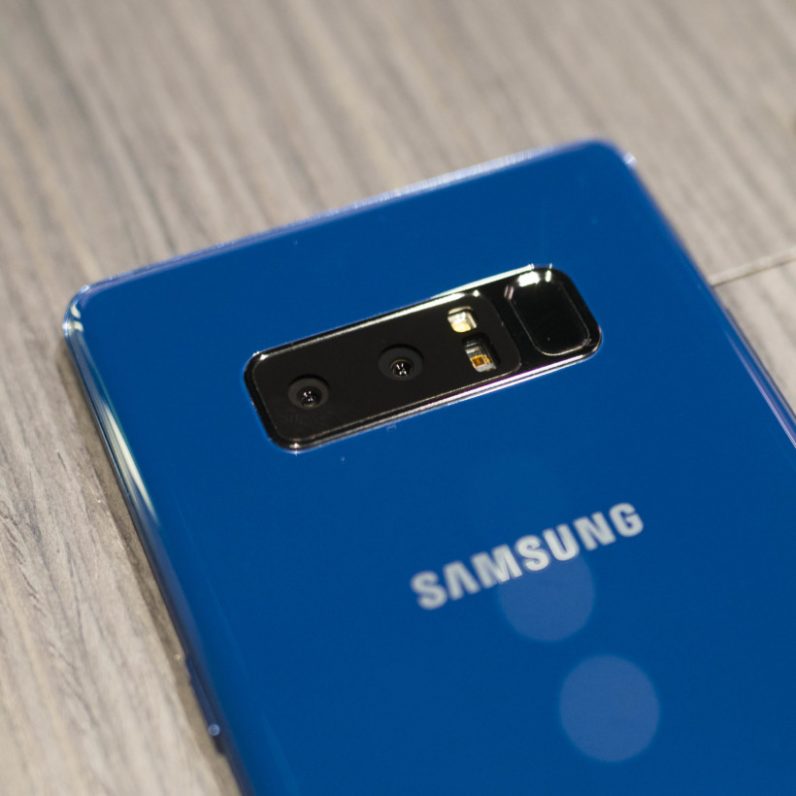
Ironically, the Note 8’s headline feature – the dual cameras – is the one that I cared for the least. Samsung’s default camera is already very solid, but the telephoto implementation leaves a lot to be desired.
Photos from telephoto camera seem to be notably worse than the standard shooter. In fact, the camera doesn’t even always bother with the telephoto lens in low light, instead switching to a cropped photo from the primary sensor.
This is particularly true of portrait mode. It seems Samsung doesn’t apply HDR to portrait photos, leading to a myriad of clipped highlights and soft shadows in contrast-y scenes.

Even when lighting is ideal the blur quality itself is just… Okay. There bokeh doesn’t look much better than applying the Lens blur in Photoshop, and Samsung’s depth mapping seems more prone to error than some of its 2017 competition. To make matters worse, the transition between subject and background is too sharp, leading to subjects that look like cardboard cutouts.

To my eye, the portrait effect looks significantly worse than the Pixel 2, Huawei Mate 10 Pro, OnePlus 5, and even the Meuizu 6 Note – a mid-range phone.
That’s not to say you can’t get good photos from the telephoto lens, but it requires ideal conditions. Samsung clearly still has work to do.
Otherwise, the main shooter is as excellent as ever. It’s basically identical to the S8’s camera, except with a bit less sharpening (a good thing!). It doesn’t quite match the Pixel 2’s dynamic range and low light performance, but it’s still one of the best cameras out there.
When the Note 8 first launched, I couldn’t help but feel a teensy underwhelmed at how Samsung had played it safe. It seemed like little more than an S8+ with dual cameras and slightly more RAM – not to mention a smaller battery.
Compare that to the Note 7 before its recall recall, I thought it was easily the most compelling phone on the market at its release. Not to mention that the series is known for its eccentric designs. I guess in a market where almost every phone comes with a 6-inch-ish screen, it’s become harder for the Note series to stand out.

Thankfully, long term use has proved me wrong. The Note 7 may play it a bit safer than most of its predecessors, but it’s still the best choice for most power users who are looking for more functionality than the crowd. A large part of its appeal is surprisingly software rather than specs, but on both counts Note 8 is probably the most versatile smartphone you can buy right now – especially if you want to scribble on a screen.
Get the TNW newsletter
Get the most important tech news in your inbox each week.


